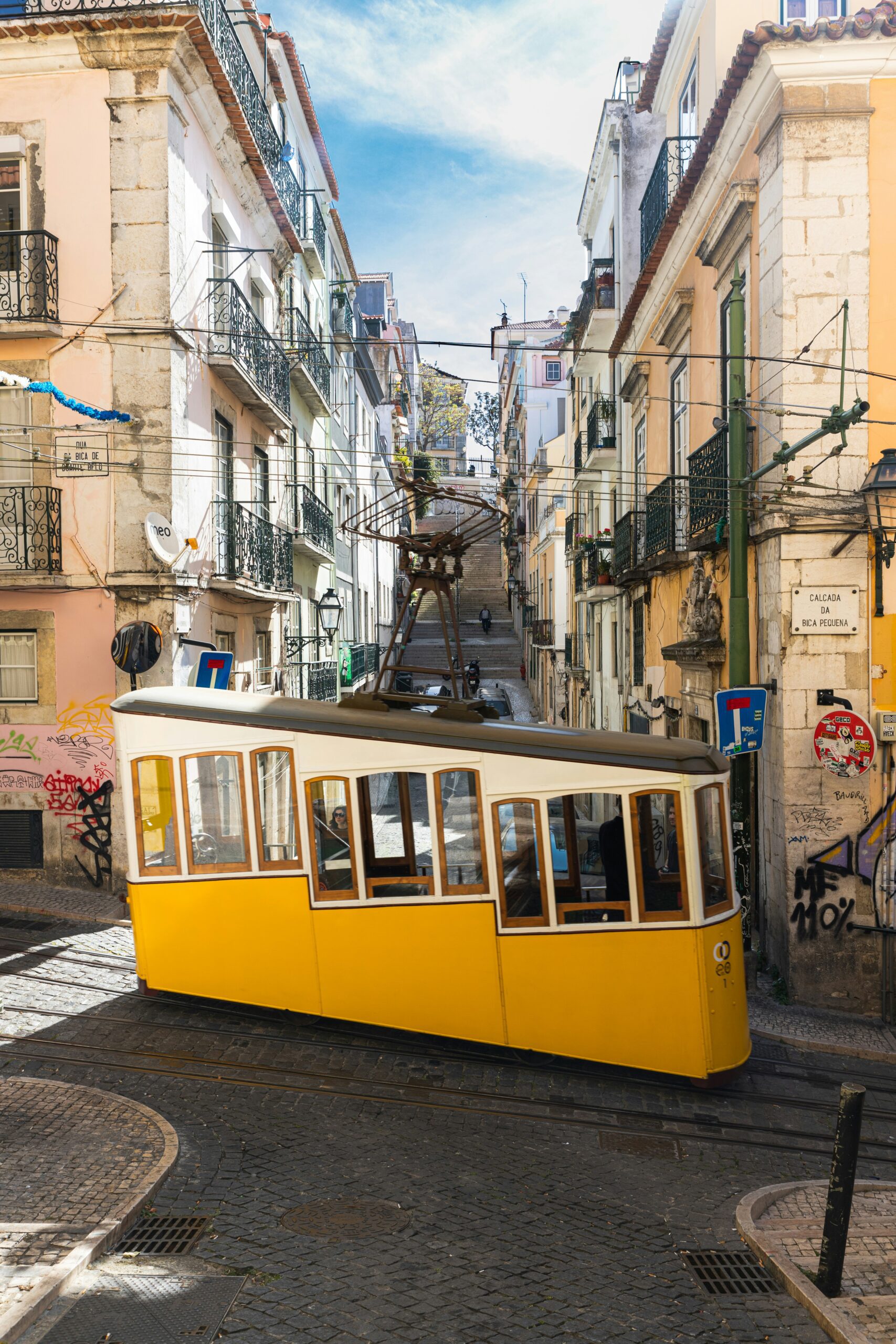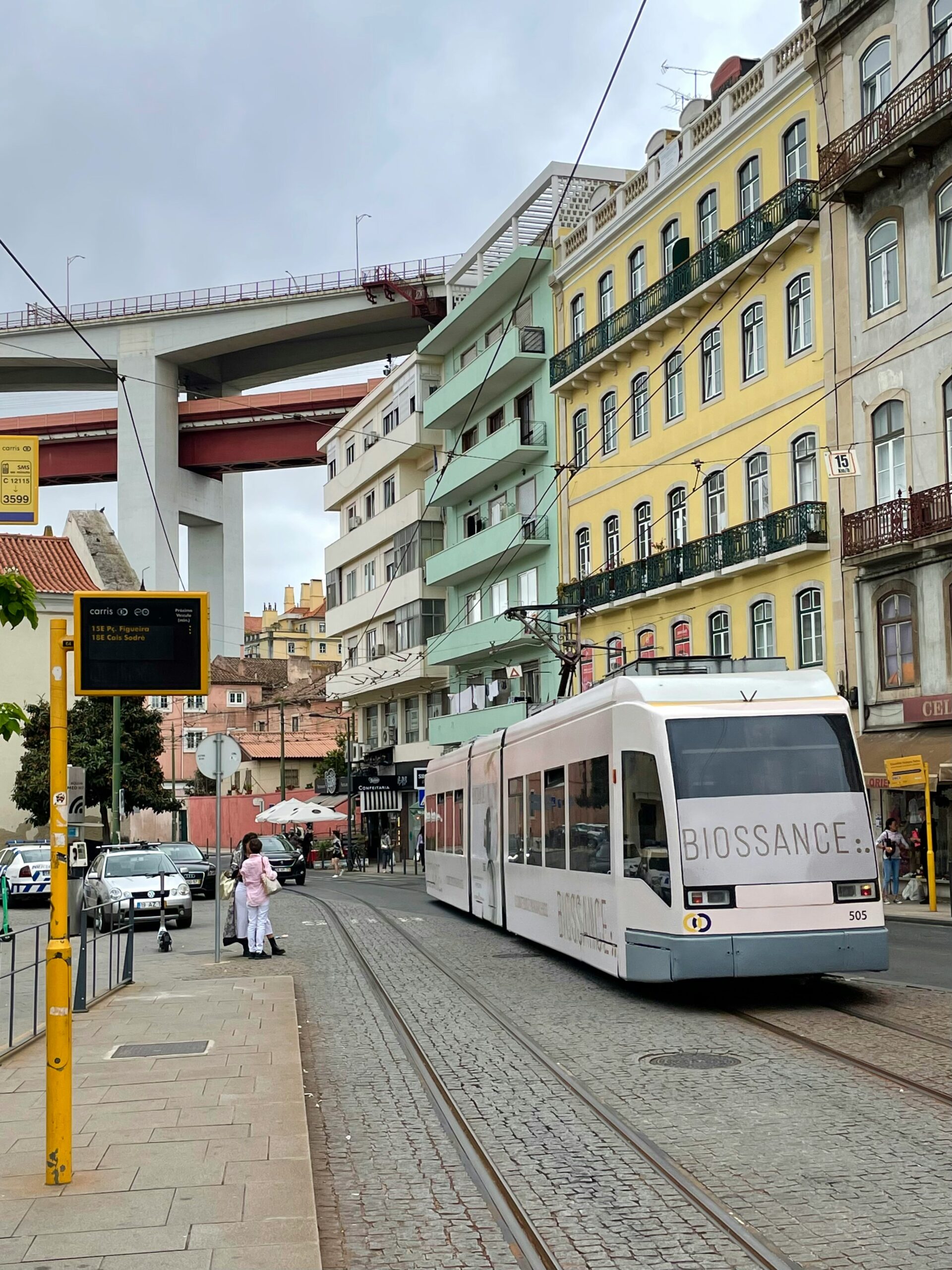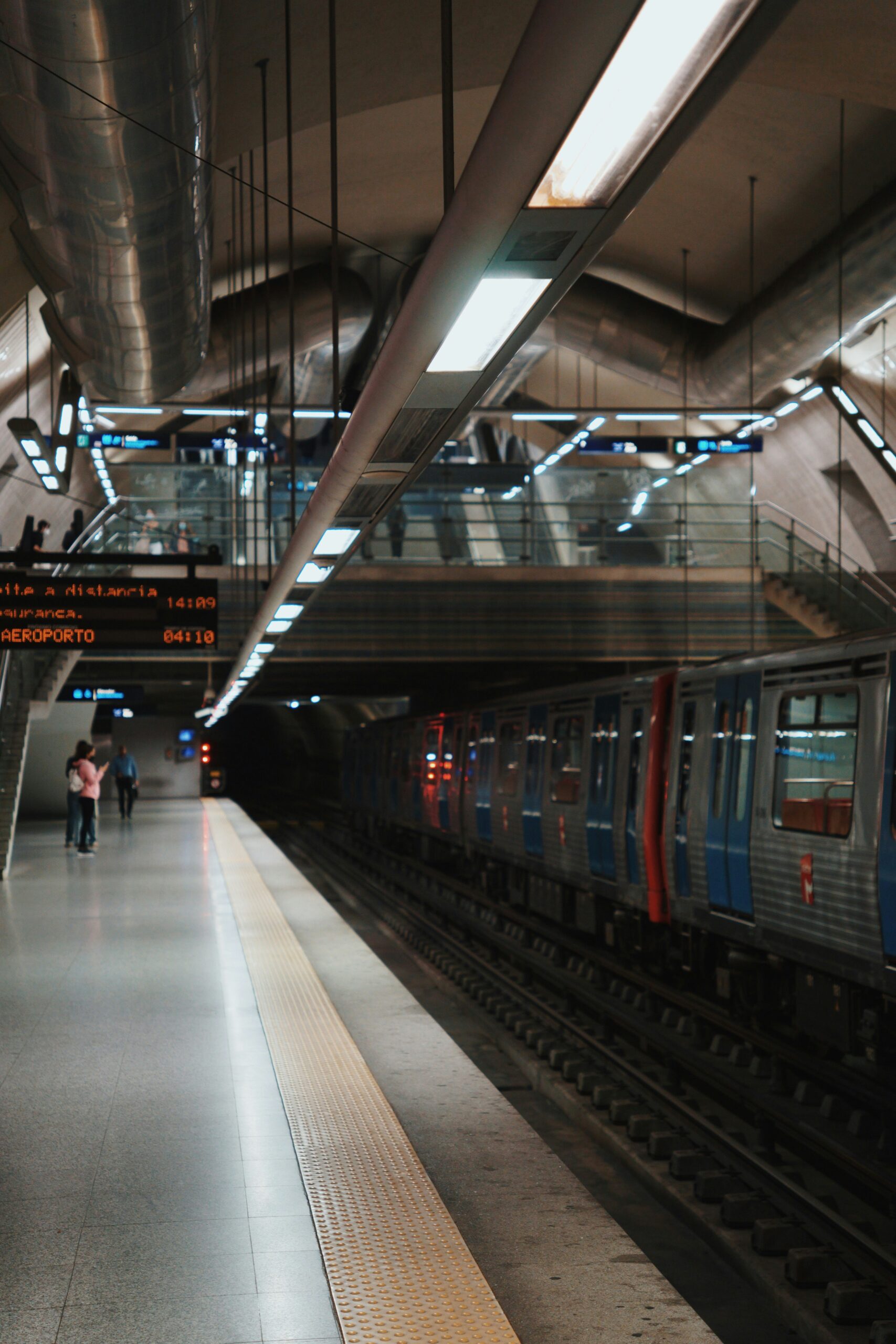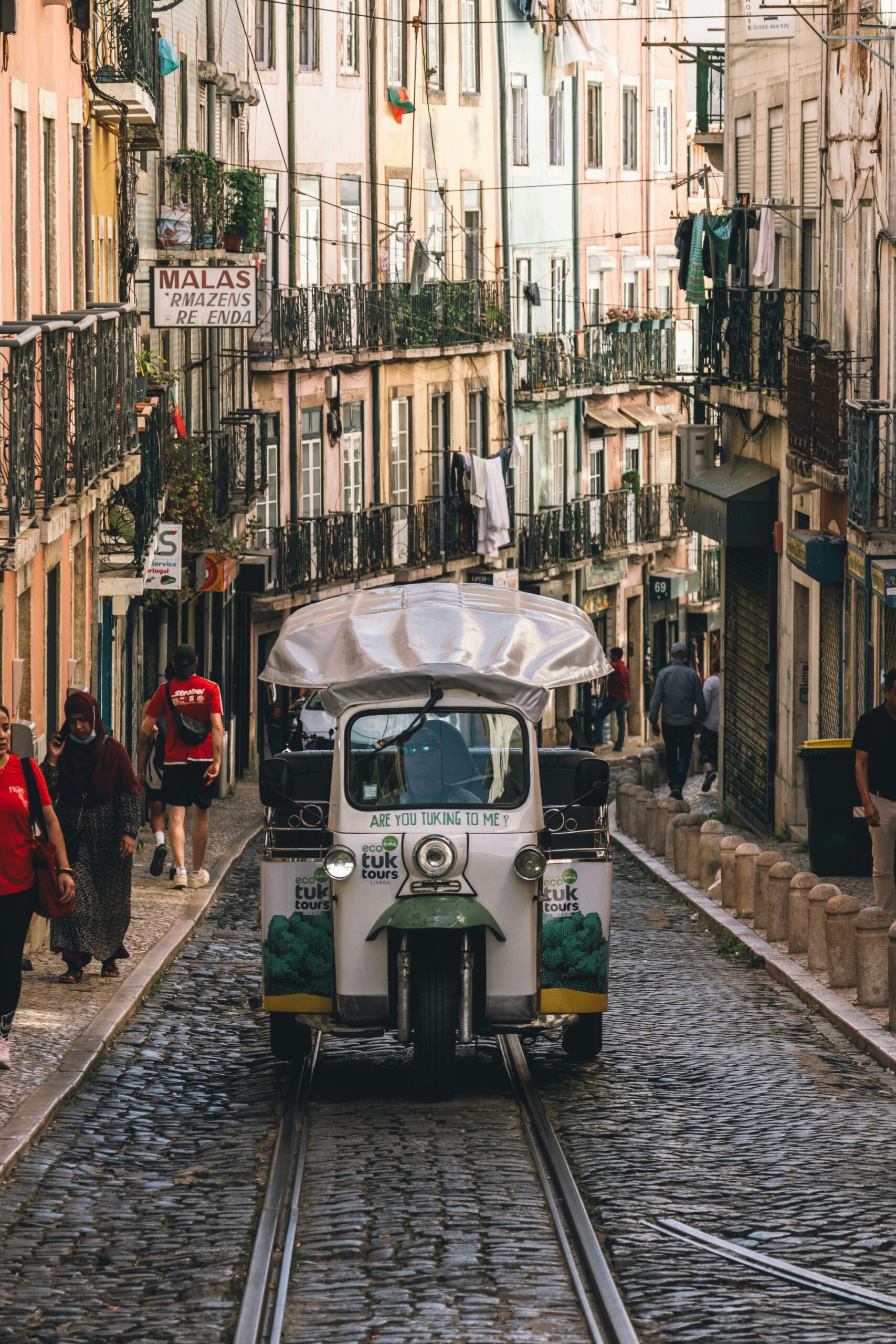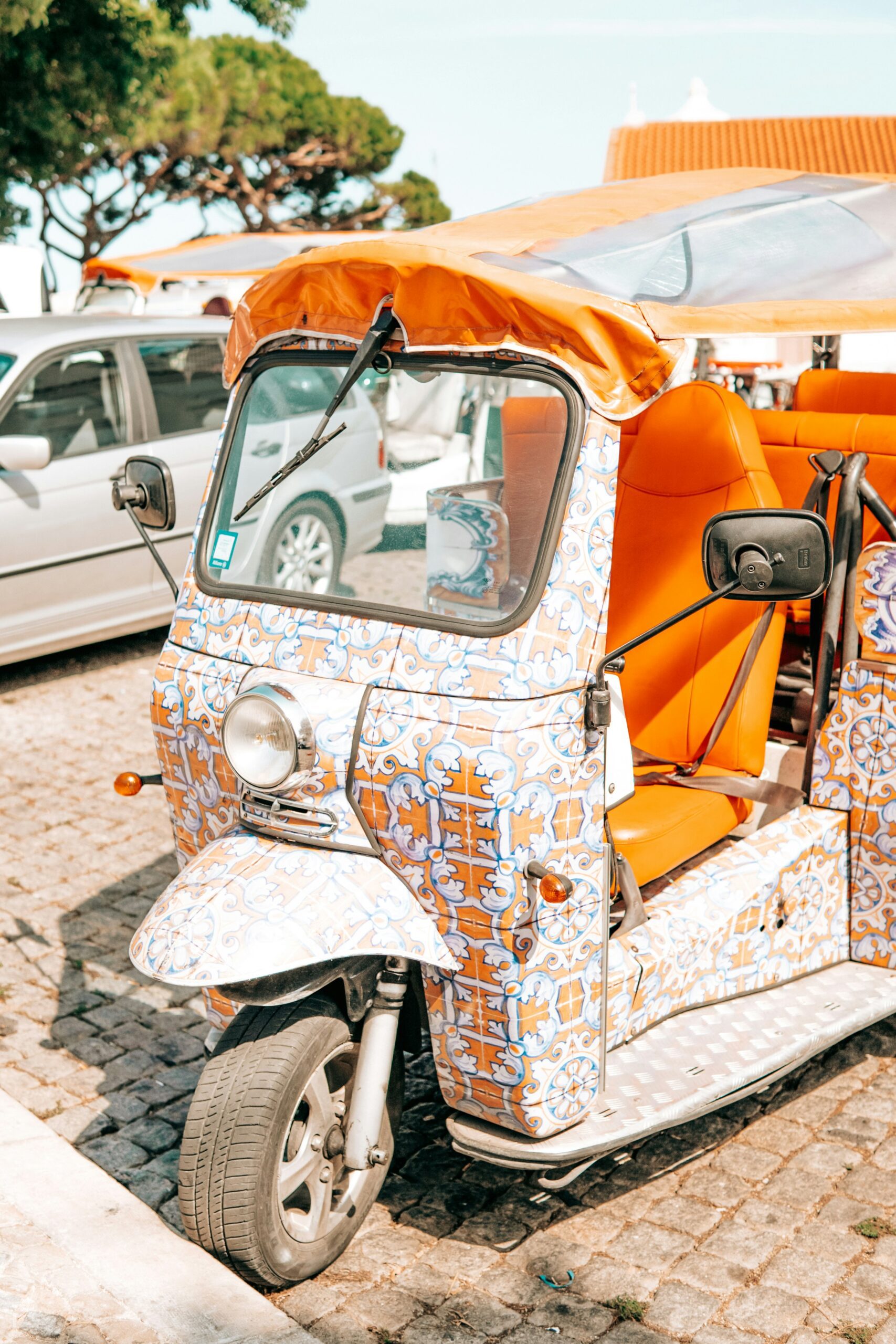EAPS 2025 in Lisbon
Lisbon, the capital of Portugal, situated on its western coast, is a city marked by cultural diversity and contemporary infrastructure. Its strategic location, cultural heritage, and well-developed transport and service networks make it an ideal host city for the 11th Congress of the European Academy of Paediatric Societies (EAPS 2025).
Getting Around Lisbon: Public Transportation
Lisbon’s metro system is modern, air-conditioned, and one of the fastest ways to navigate the city.
It comprises four color-coded lines: Green (Telheiras – Cais do Sodré), Blue (Reboleira – Santa Apolónia), Yellow (Odivelas – Rato), and Red (Aeroporto – São Sebastião).
The metro runs daily from 6:30 AM to 1:00 AM, with trains every 2–5 minutes during peak hours.
To use the metro, you need a Navegante card or a contactless bank card. The Navegante card provides flexible options for one-time tickets, daily, or multi-day travel.
Lisbon’s historic transport network includes six tram lines, three funiculars, and the iconic Santa Justa lift, primarily serving the city’s hilly and historic areas not covered by the metro.
Trams and funiculars remain important for locals and tourists alike, with the vintage Tram 28 offering scenic rides from Martim Moniz through old Lisbon, while Tram 15 connects to the flat Belém district via a modern cable car. The Santa Justa lift now serves mainly as a tourist attraction.
Please not that tickets purchased on board cost more than those bought with the Navegante card.
It’s important not to confuse public yellow trams with red tourist “hop on hop off” tram tours.
Lisbon’s extensive bus network covers 172 routes, providing scenic and convenient surface transport to areas beyond the metro and tram lines. Buses are air-conditioned and offer Wi-Fi on many routes.
Major bus lines operate daily from 5:00 AM to 11:00 PM at intervals of 15 to 30 minutes, while night buses serve key city areas during late hours.
Lisbon’s yellow buses display the line number and end-of-line stop name on the front, and stops throughout the city often feature maps, timetables, and electronic displays showing waiting times.
It is customary to wave to signal the driver to stop. Passengers board through the front door, tap their Navegante card on the yellow validator by the driver (no need to tap when exiting), and press the stop button to request their stop, exiting via the center door.
Tickets purchased on board (in cash or via contactless bank card) are more expensive than using a Navegante occasional card.
The ferries connect Lisbon with communities along the southern bank of the Tagus River. Key routes include Cais do Sodré to Cacilhas (15 minutes), Montijo and Seixal (30 minutes), and Belém to Trafaria and Porto Brandão (20 minutes).
Ferries offer a unique and relaxing way to explore the city and its surroundings, including beach areas like Costa da Caparica.
Please be aware that schedules vary by route, with several crossings throughout the day.
Taxis in Lisbon are mostly black and green and operate with regulated fares that include a starting fee of €3.25 from 6 AM to 9 PM and €3.90 during nighttime hours, plus per-kilometer and waiting charges. A luggage fee of €1.60 may also apply.
While many taxis accept card payments, it’s advisable to confirm before your trip.
Taxi ranks and airport taxi services operate 24/7, providing convenient access at any time.
For greater convenience and often more competitive pricing, ridesharing apps such as Uber, Bolt, and Liftago are widely used; these require downloading a smartphone app to book and pay without cash exchange. Vehicles used for ridesharing display a TVDE sticker on the front and rear windows on the driver’s side.
Lisbon offers several bike-sharing options, including Gira, Jump, and Hive, with both regular and electric bikes for residents and visitors.
Launched in 2018, Gira operates a dock-based system with over 450 bikes and nearly 50 docking stations, mainly used by locals but available to tourists via a €10 day pass covering 45-minute rides.
Jump, introduced by Uber, offers a dockless e-bike service with about 1,750 bikes scattered throughout the city, rentable via the Uber app at €0.20 per minute or €12 per hour.
Hive also provides dockless e-bikes and scooters, with around 150 bikes available across Lisbon.
While any of these options offers a flexible and eco-friendly way to get around the city, users should note that helmet rentals are not provided, so bringing a helmet is recommended.
Lisbon’s cycling infrastructure is growing, with expanding bike lanes, but riders should exercise caution on busy roads and hilly or cobbled streets.
Important Information

Information provided by:
TURISMO DE LISBOA
Visitors & Convention Bureau
For more details >> www.visitlisboa.com<<

